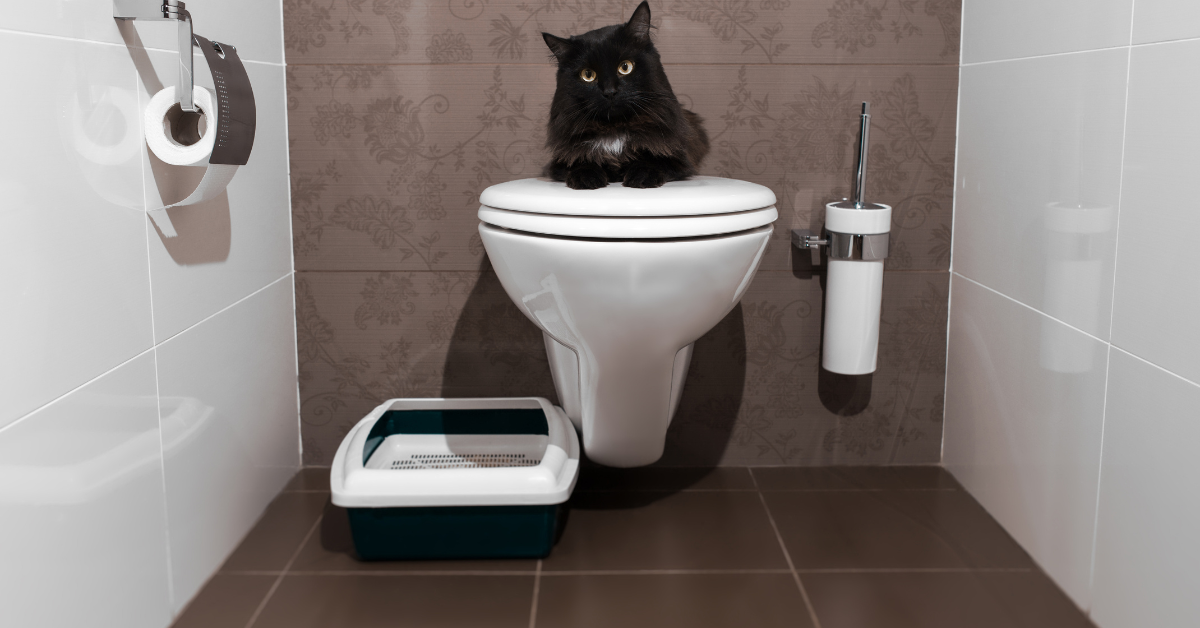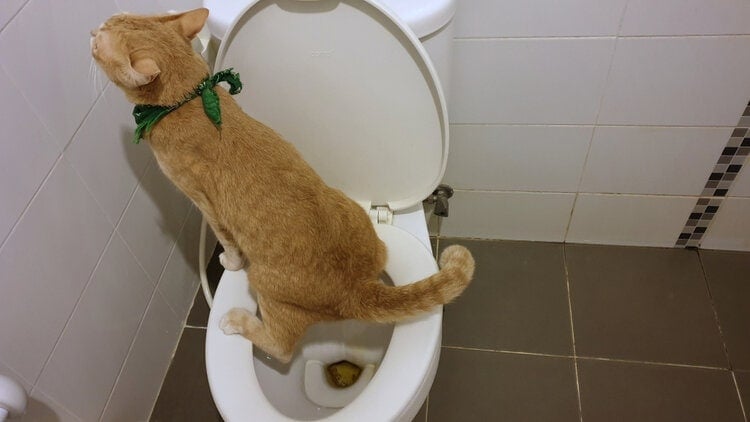Best Reasons to Refrain from Flushing Animal Waste Down the Toilet
Best Reasons to Refrain from Flushing Animal Waste Down the Toilet
Blog Article
The author is making a number of great pointers relating to 10 Things You Should Never Flush Down The Toilet as a whole in this post directly below.

When it involves dealing with waste, specifically animal waste, many individuals commonly turn to the convenient alternative of flushing it down the commode. Nevertheless, this relatively easy remedy can have serious consequences for the environment and public health. In this article, we'll check out why flushing animal waste down the toilet is a negative concept and provide alternate approaches for proper disposal.
Intro
Proper garbage disposal is critical for maintaining environmental sustainability and public health. While it might appear safe to purge animal waste down the toilet, it can bring about numerous issues, both for the environment and human health.
Dangers of flushing pet waste
Environmental impact
Flushing animal waste introduces dangerous germs and pathogens right into rivers, which can negatively affect aquatic ecological communities. These virus can infect water sources and harm aquatic life, interrupting delicate ecosystems.
Public health issues
Pet waste consists of dangerous bacteria such as E. coli and Salmonella, which can posture major health and wellness risks to humans. Flushing animal waste down the bathroom can contaminate water supplies, resulting in the spread of illness and infections.
Alternatives to flushing
Rather than flushing animal waste down the toilet, there are numerous alternate disposal techniques that are extra environmentally friendly and hygienic.
Composting
Composting animal waste is a green way to deal with it. By composting, raw material is broken down into nutrient-rich soil, which can be used to fertilize yards and plants.
Landfill disposal
Disposing of animal waste in a land fill is one more option. While not as eco-friendly as composting, it is a much safer alternative to flushing, as it stops the contamination of water sources.
Family pet garbage disposal systems
There are specific family pet waste disposal systems available that securely and hygienically dispose of pet waste. These systems usually utilize enzymes to break down waste and get rid of odors.
Actions to proper animal waste disposal
To guarantee appropriate disposal of animal waste, follow these actions:
Scooping and bagging waste
Consistently scoop and bag pet waste utilizing biodegradable bags. This avoids waste from contaminating the atmosphere.
Utilizing assigned waste containers
Dispose of bagged pet waste in assigned waste bins, such as compost containers or land fill containers. Stay clear of flushing it down the commode in any way expenses.
Cleaning litter boxes and pet dog areas regularly
Frequently clean can and pet dog locations to prevent the build-up of waste and bacteria. Use pet-safe cleaning products to keep health.
Advantages of correct disposal approaches
Taking on appropriate disposal techniques for pet waste offers a number of benefits:
Decreased environmental pollution
Appropriate disposal approaches reduce the risk of environmental pollution, shielding rivers and communities from contamination
Decreased danger of water contamination.
By avoiding flushing pet waste down the bathroom, the risk of water contamination is considerably decreased, securing public health.
Boosted hygiene and health
Appropriate disposal approaches advertise much better sanitation and hygiene, producing a much safer setting for both humans and pets.
Conclusion
In conclusion, purging animal waste down the commode is damaging to the setting and public health. By embracing different disposal methods and complying with proper waste monitoring techniques, we can reduce the unfavorable effect of read more animal waste and contribute to a cleaner, healthier earth.
What To Do With Dog Poo – The Do's And Don'ts Of Disposing Of Faeces
Dog poo bins
Some councils provide dedicated dog waste bins in popular dog-walking areas that can take dog poo that has been bagged but you can legally dispose of dog waste in any public litter bin, as long as it is securely bagged. This also applies to your wheelie bin at home.
Do not flush
Water companies do not recommend flushing dog faeces down the toilet because certain parasites can survive the water processing treatment and are potentially harmful to humans. You should also never consider flushing dog poo that has been bagged down the toilet as the bags will not break down and instead create severe blockages in the sewage system.
In the woods
The Forestry Commission promotes a ‘stick and flick’ method for dealing with waste in the woods. This means finding a stick and using it to flick any poo from off the path so that it is out of the way of other walkers. You could also bury it as long as it is not in an area where there might be livestock.
Livestock
Parasites found in dog poo can be transmitted to livestock if they inadvertently eat infected faeces that has been left on grazing land. This could result in the death of sheep or abortion in cattle so you should always make sure you pick up your dog’s waste in fields where livestock could be present.

Frequently clean can and pet dog locations to prevent the build-up of waste and bacteria. Use pet-safe cleaning products to keep health.
Advantages of correct disposal approaches
Taking on appropriate disposal techniques for pet waste offers a number of benefits:
Decreased environmental pollution
Appropriate disposal approaches reduce the risk of environmental pollution, shielding rivers and communities from contamination
Decreased danger of water contamination.
By avoiding flushing pet waste down the bathroom, the risk of water contamination is considerably decreased, securing public health.
Boosted hygiene and health
Appropriate disposal approaches advertise much better sanitation and hygiene, producing a much safer setting for both humans and pets.
Conclusion
In conclusion, purging animal waste down the commode is damaging to the setting and public health. By embracing different disposal methods and complying with proper waste monitoring techniques, we can reduce the unfavorable effect of read more animal waste and contribute to a cleaner, healthier earth.
What To Do With Dog Poo – The Do's And Don'ts Of Disposing Of Faeces
Dog poo bins
Some councils provide dedicated dog waste bins in popular dog-walking areas that can take dog poo that has been bagged but you can legally dispose of dog waste in any public litter bin, as long as it is securely bagged. This also applies to your wheelie bin at home.
Do not flush
Water companies do not recommend flushing dog faeces down the toilet because certain parasites can survive the water processing treatment and are potentially harmful to humans. You should also never consider flushing dog poo that has been bagged down the toilet as the bags will not break down and instead create severe blockages in the sewage system.
In the woods
The Forestry Commission promotes a ‘stick and flick’ method for dealing with waste in the woods. This means finding a stick and using it to flick any poo from off the path so that it is out of the way of other walkers. You could also bury it as long as it is not in an area where there might be livestock.
Livestock
Parasites found in dog poo can be transmitted to livestock if they inadvertently eat infected faeces that has been left on grazing land. This could result in the death of sheep or abortion in cattle so you should always make sure you pick up your dog’s waste in fields where livestock could be present.

I discovered that article about Why you should never flush dog poop down the toilet when doing a lookup on the internet. Are you aware of somebody who is excited by the niche? Take a moment to share it. Bless you for your time. Come back soon.
Visit Our Site Report this page